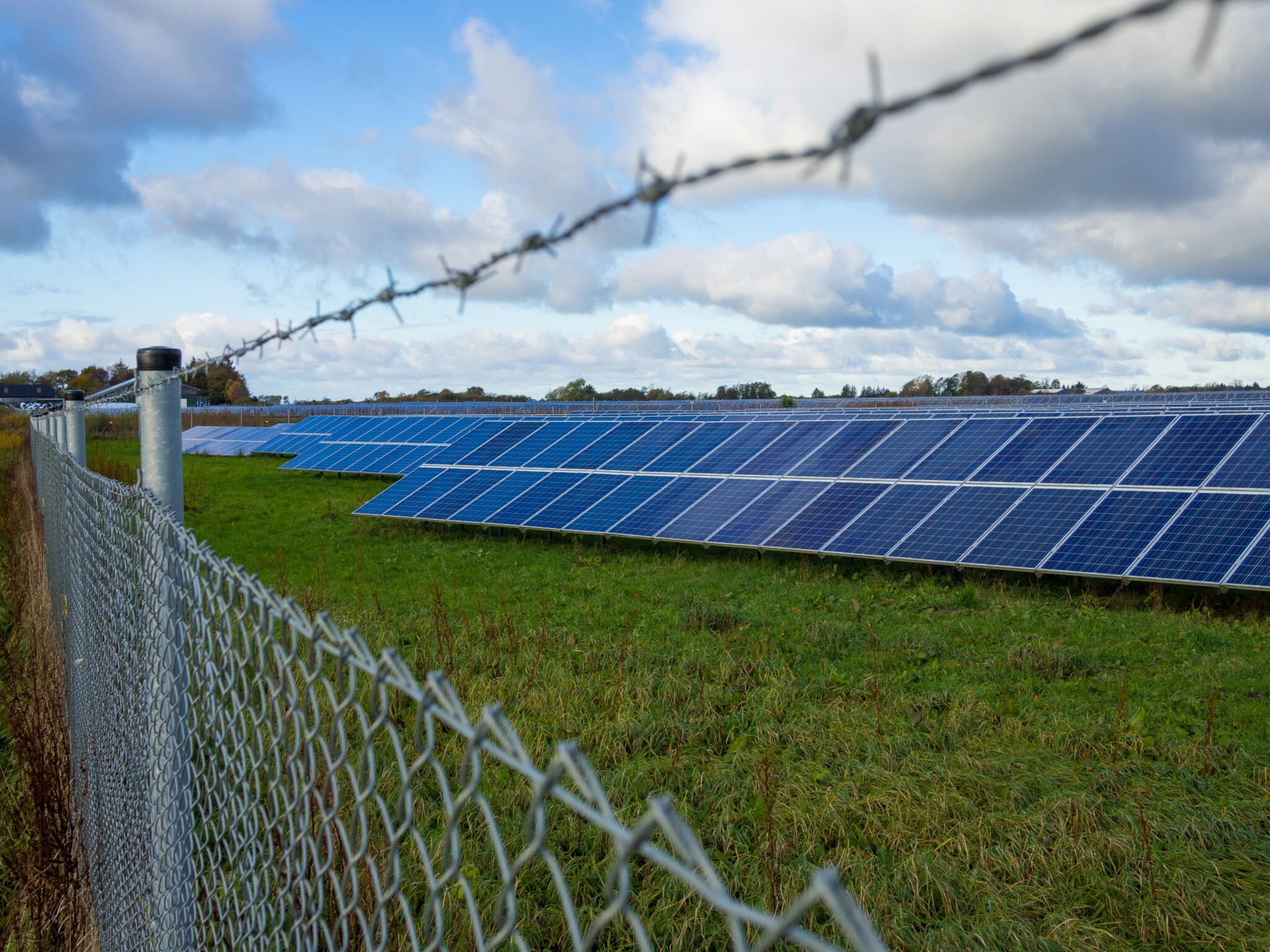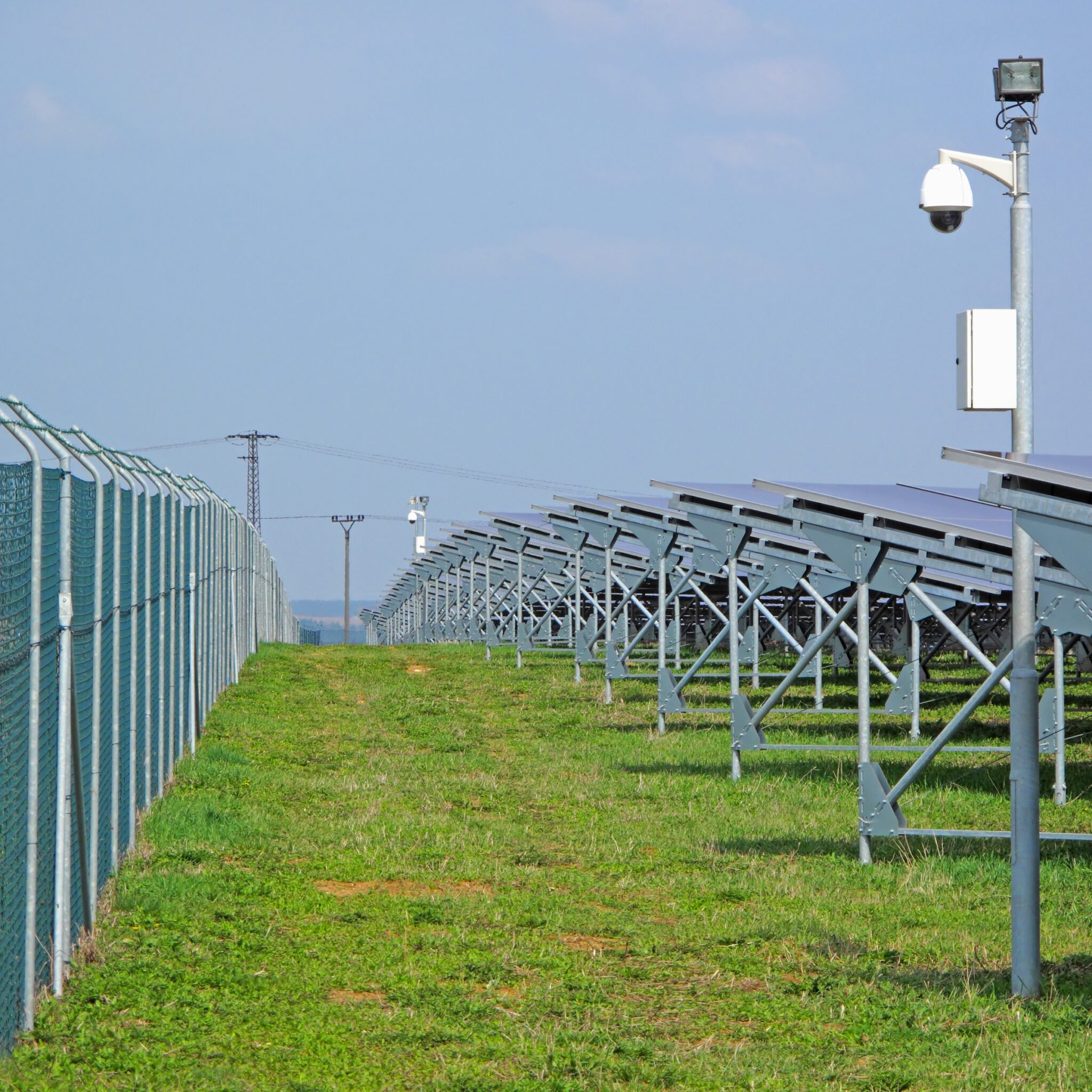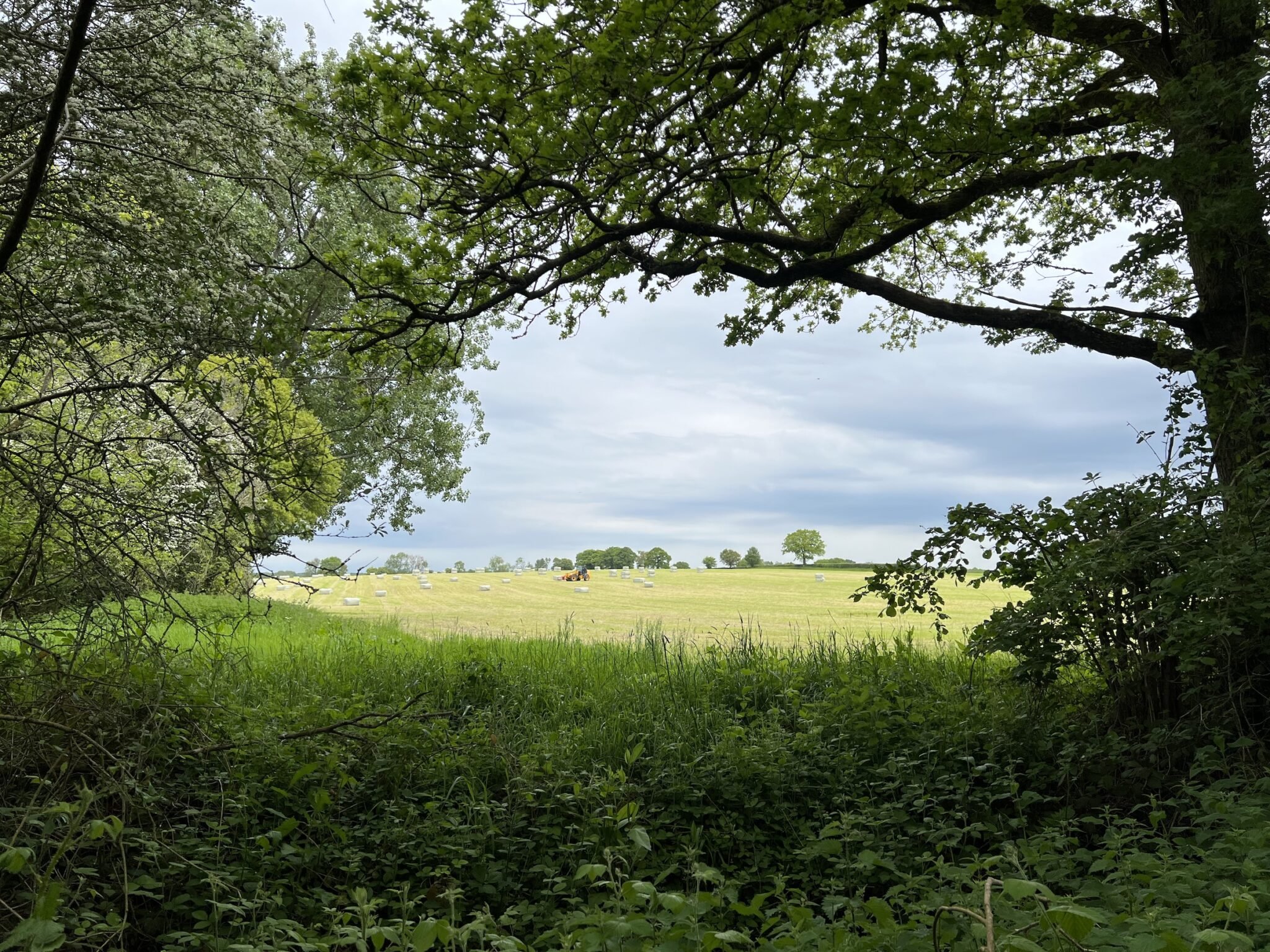
Stop Stratton’s Solar Farm
The Planning Application is in - Object now
The residents of Kingsclere, Ecchinswell and neighbouring villages are sharing their concerns about the proposed solar development at Stratton’s Farm, Hampshire.
This is not an anti-solar campaign, we need solar on brownfield sites, industrial roofs, over car parks and on the roofs of houses. Not on productive farmland.
Have your say.
Protect your landscape, wildlife and community.
NO to Solar on Farmland
YES to Solar on Roofs
Reasons for objecting to the proposed solar project at Stratton’s Farm
-
The energy produced is NOT FOR LOCAL USE but feeds the National Grid.
Profiteering developers and their financial investors are exploiting our local countryside purely for their own financial benefit.
The £25,000 offered to compensate for a minimum 40 year loss is insulting.
The A339 already carries heavy fast traffic, and with increased development, the noise, emissions, disruption and danger will increase.
A sprawling industrial site with kilometres of security fencing and cameras will drastically impact the landscape character, turning an expansive, tranquil landscape into an industrial, utility-grade power complex.
-
• Loss of farming on agricultural land when the UK needs to produce 56 per cent more food by 2050 due to increasing population.
• Let’s not compromise our food security for the sake of profit.
• The UK has 600,000 acres of unused south facing industrial roof space which could take solar panels.
-
The location is within the setting of a Designated Area of Outstanding Natural Beauty (AONB) in a landscape with attributes which take it out of the ordinary when considering landscape character . It has been evaluated as “Valued Landscape” within the terms of Basingstoke and Deane’s draft Local Plan Update (2024).
The land at Strattons Farm has been farmed since medieval times. The footpaths still follow ancient field boundaries and hedges shown on a 300-year old map and as such have historical agricultural significance.
The site contains 3km of popular footpaths, including part of the nationally renowned 78-mile Brenda Parker Way, that will be blighted and turned into corridors enclosed by 4m high hedges, metal fencing and security cameras.
It will change the character of our rural setting into an industrial suburb. We will lose our sense of place, tranquillity and remoteness. We will lose the quiet enjoyment of the landscape from our public rights of way.
The solar panels will be visible from many miles, especially from the Wayfarer’s Way and Watership Down in the North Wessex Downs AONB.
-
40 years of 2m high metal security fencing, concrete foundations for 7.5m high electrical substation and 10 noisy inverters, tarmacked maintenance access roads, trenches for cables, and 3m high CCTV camera and flood light poles will be irreversible, turning this into a brownfield site.
Significant capital expenditure and time will be required to remove structures and footings, therefore there is no guarantee that the land will return to farmland, leaving real cope for future housing development.
Despite claims they make no noise, the units housing the inverters and transformers, produce a resonance from the fans to prevent overheating.
Further development will follow as a precedent is set for other landowners who will be able to link up to the infrastructure within an 8 mile radius.
-
There are numerous listed buildings in the immediate area, as well as ancient woodland, both of which must be protected.
There will be impacts on our local wildlife: deer and hares will be impacted as their freedom to move to feeding and mating grounds is restricted. Bats and birds will be impacted by the panels covering the ground. Will animals want to live next to the noise output from the invertors?
The site planned is over commonly wet areas. The panels and compaction from construction will increase rainwater runoff. Will this cause more flooding? What happens to our ecology when the chemicals used to clean the panels seep into the soil and waterways?
There are many alternate options for locating renewable energy without having to sacrifice agricultural farmland. We ought to be preserving both. Using brownfield sites, car parks, office, and warehouse roofing?
-
. The Government does not support large scale solar developments.
. Let’s assess the viability and alternatives before losing our landscape indefinitely.
. Stratton’s Solar Farm is 72.6 acres which is equivalent to 60 football pitches.
. The UK has 600,000 acres of south facing industrial roof space which is unused.
. The solar site is double the size of Ecchinswell and half the size of Kingsclere.










